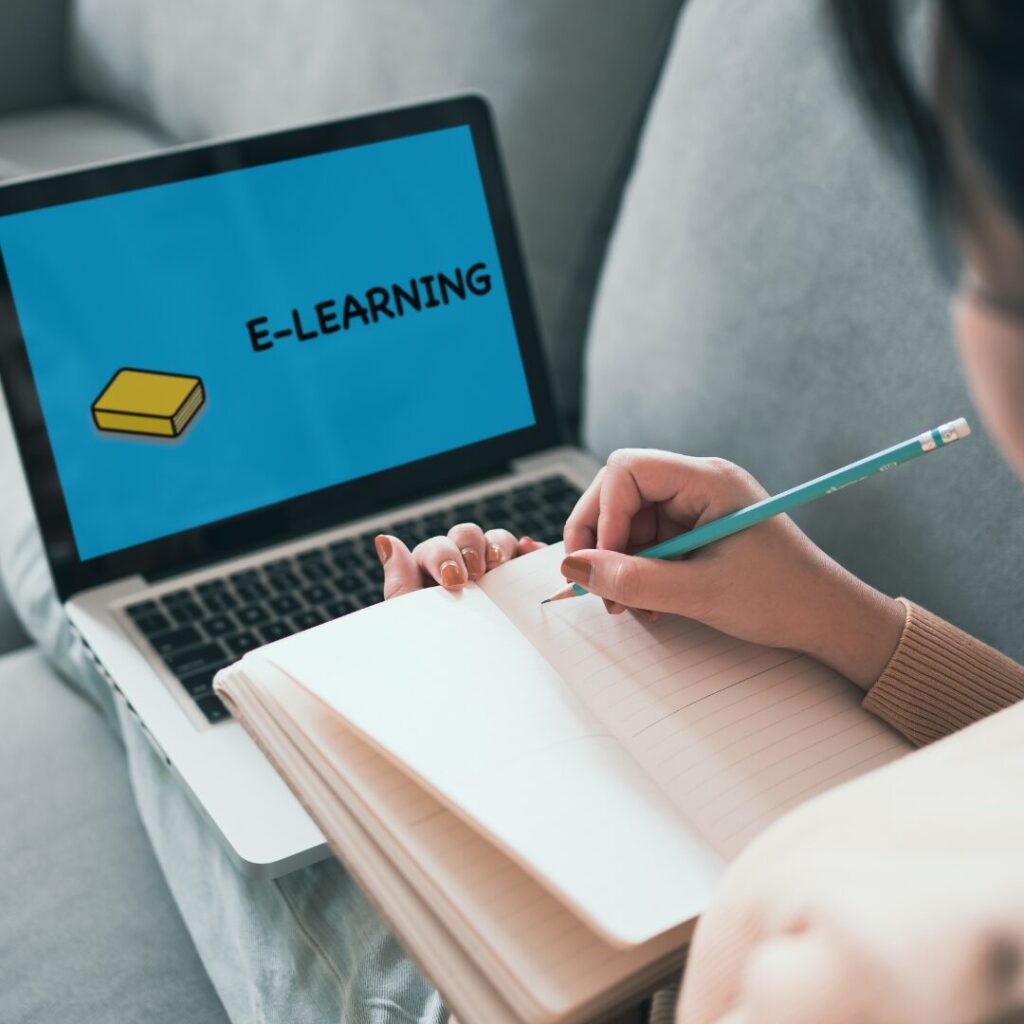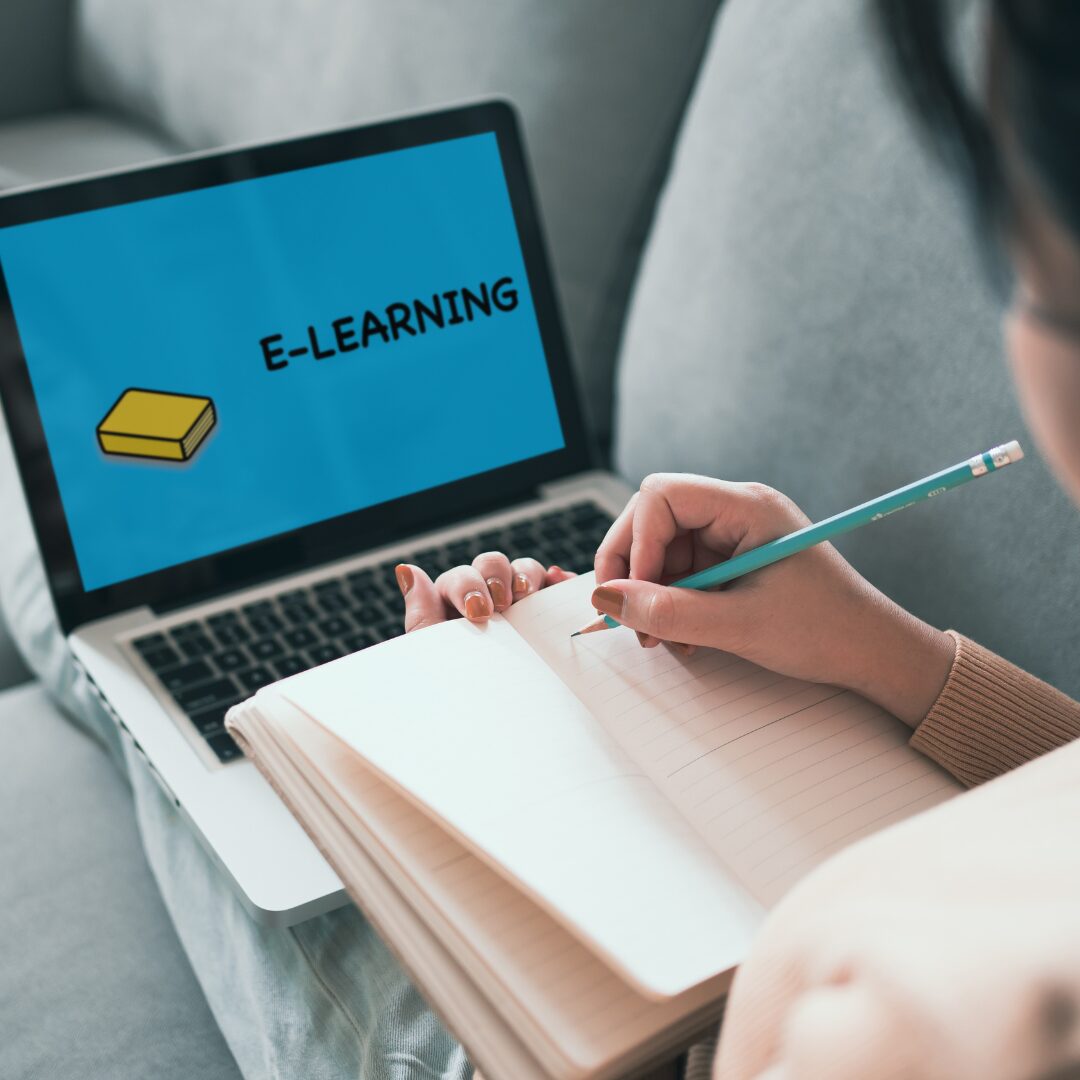In today’s rapidly evolving educational landscape, the advent of technology has significantly transformed traditional learning methods. Among the most notable innovations are e-learning and m-learning, two approaches that utilize digital platforms to enhance the educational experience. For homeschooling solutions in Bangalore, understanding these methods is crucial to selecting the most effective tools for students. This article delves into the benefits, drawbacks, and key differences between e-learning and m-learning, providing a comprehensive guide for educators and parents alike.

What is E-Learning?
E-learning, or electronic learning, refers to the use of electronic technologies to access educational curriculum outside of a traditional classroom. This approach typically involves online courses, digital textbooks, video lectures, and interactive software. E-learning is widely used in both formal education and corporate training environments due to its flexibility and scalability.
Benefits
- Accessibility: Electronic learning enables students to access course materials and resources from anywhere with an internet connection. This is particularly advantageous for students in remote or underserved areas.
- Flexibility: Students can learn at their own pace and schedule, which is ideal for those with varying learning speeds and other commitments.
- Cost-Effective: Electronic learning can reduce costs associated with physical textbooks, transportation, and facility maintenance.
- Diverse Learning Resources: Digital platforms offer a wide range of multimedia resources, including videos, simulations, and interactive modules, catering to different learning styles.
- Immediate Feedback: Online quizzes and assessments can provide instant feedback, helping students identify areas of improvement promptly.
Drawbacks
- Limited Social Interaction: E-learning can be isolating as it often lacks the social interaction found in traditional classroom settings.
- Technical Issues: Students may face technical difficulties such as poor internet connectivity or hardware malfunctions.
- Self-Discipline Required: The self-paced nature of e-learning requires a high level of self-motivation and discipline, which can be challenging for some students.
- Potential for Distraction: The online environment can be filled with distractions, making it difficult for students to stay focused.
What is M-Learning?
M-learning, or mobile learning, is a subset of e-learning that specifically involves the use of mobile devices such as smartphones and tablets. This approach capitalizes on the portability and widespread availability of mobile technology to deliver educational content.
Benefits
- Portability: Mobile devices are portable, allowing students to learn anytime and anywhere, even on the go.
- Instant Access: Students can instantly access learning materials and resources through mobile apps and platforms.
- Engaging Content: Mobile learning apps often use gamification, interactive quizzes, and multimedia content to enhance engagement and motivation.
- Personalized Learning: M-learning apps can offer personalized learning experiences by adapting to the student’s pace and preferences.
- Real-Time Collaboration: Mobile devices facilitate real-time communication and collaboration among students and educators through messaging apps and social media platforms.
Drawbacks
- Screen Size Limitations: The smaller screen size of mobile devices can be a constraint for viewing detailed content or multitasking.
- Battery Life and Data Usage: Continuous use of mobile devices for learning can drain battery life and consume significant amounts of data.
- Potential for Distraction: Mobile devices can be a source of distraction due to notifications and non-educational apps.
- Limited Resources: Not all educational content is optimized for mobile devices, which can limit the availability of resources.
Key Differences Between E-Learning and M-Learning
- Device Dependency:
- E-learning is primarily accessed through computers or laptops, while m-learning relies on mobile devices.
- Flexibility:
- Both e-learning and m-learning offer flexibility, but m-learning provides greater portability, allowing learning on the go.
- Content Delivery:
- E-learning platforms often deliver comprehensive and detailed content, whereas m-learning focuses on bite-sized, easily digestible modules.
- Interactivity:
- M-learning apps tend to incorporate more interactive elements such as gamification and real-time collaboration compared to traditional e-learning platforms.
- User Experience:
- The user experience in e-learning can be more immersive with larger screens and advanced software capabilities, while m-learning prioritizes convenience and instant access.
Choosing the Right Approach for Homeschooling in Bangalore
For homeschooling solutions in Bangalore, the choice between e-learning and m-learning depends on several factors, including the student’s learning style, technological access, and educational goals.
Considerations for E-Learning:
- If the student requires a structured learning environment with comprehensive resources and the ability to engage in detailed study sessions, e-learning might be the better choice.
- E-learning is also suitable for students who have access to reliable internet and computer equipment at home.
Considerations for M-Learning:
- M-learning is ideal for students who are frequently on the move and prefer learning in short bursts.
- It is also beneficial for younger students who may find interactive and gamified content more engaging.
Blending E-Learning and M-Learning:
- A hybrid approach that combines both electronic learning and mobile learning can offer a balanced educational experience. For example, students can use e-learning platforms for comprehensive coursework and m-learning apps for revision and interactive activities.
Conclusion
Both electronic learning and mobile learning present unique benefits and challenges. Understanding the differences between these approaches can help educators and parents make informed decisions about the best tools and strategies for homeschooling in Bangalore. By leveraging the strengths of each method, students can enjoy a flexible, engaging, and effective learning experience that caters to their individual needs.
For an easy homeschooling experience, Schoolbase is here to help you with customized solutions for your child’s education. We offer services specially designed for NIOS and students with special needs. Our team is dedicated to making learning enjoyable and effective. To find out more, call us on +6361938556.
Article By: Vidya Singhania
